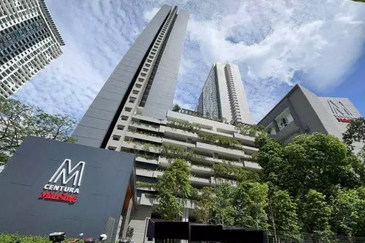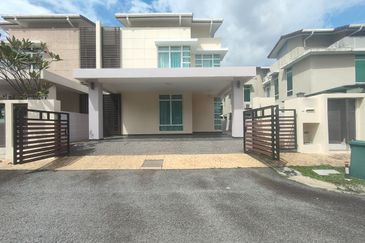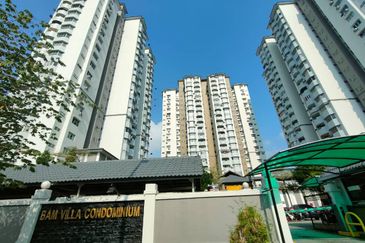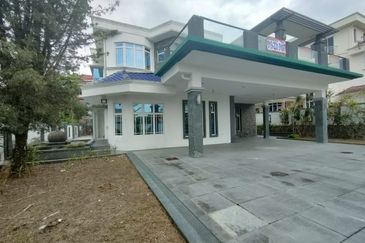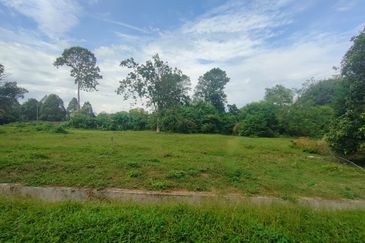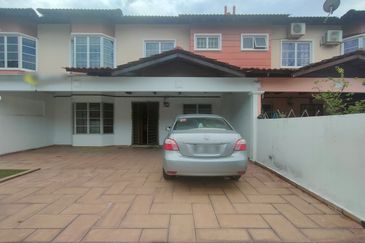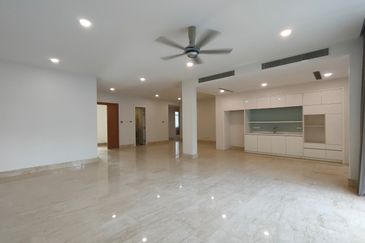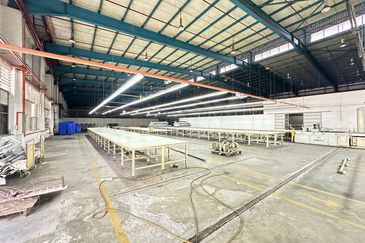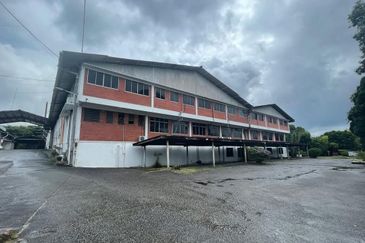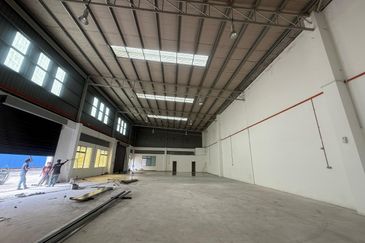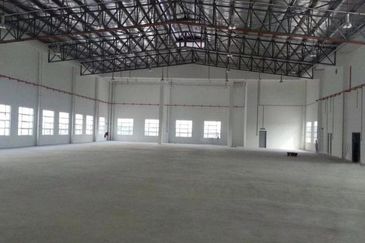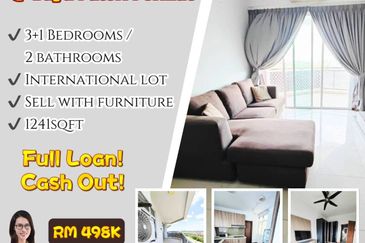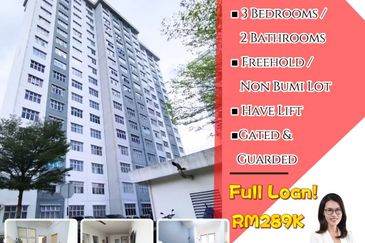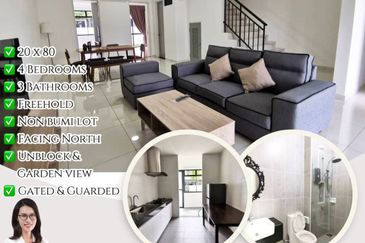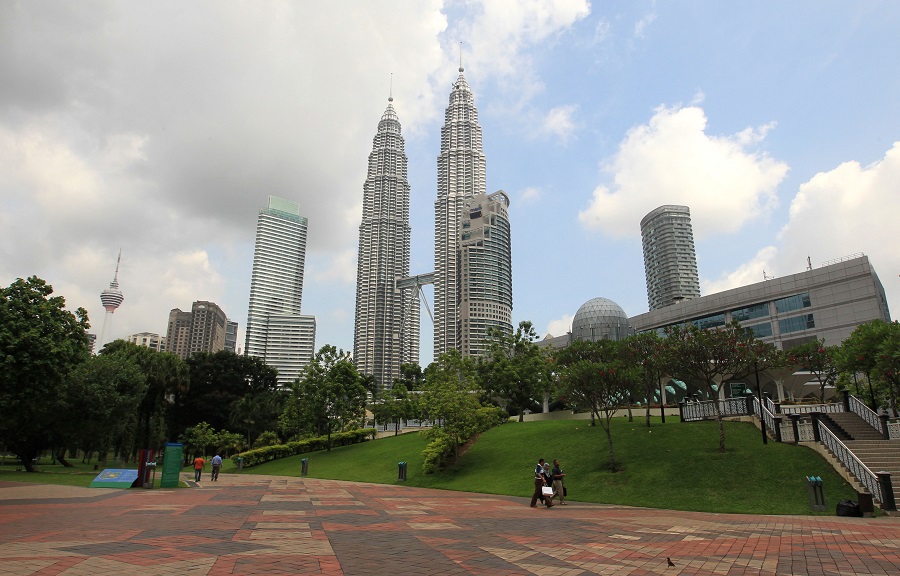
THE number of sustainable and green developments in Malaysia has been increasing over the past few years. Much of this is driven by the growing consumers and end users demand.
However, a lot still needs to be done in terms of educating the general public on what green is and how it can benefit the environment and the people, says Von Kok Leong (pictured, below right), the immediate past chair of the Green Building Index (GBI) Accreditation Panel and past president of the Malaysia Green Building Confederation (MGBC).
GBI is a green building rating tool developed by the Malaysian Institute of Architects (PAM) and the Association of Consulting Engineers Malaysia (ACEM). PAM and ACEM set up Greenbuildingindex Sdn Bhd in February 2009 to administer GBI accreditation and train GBI facilitators and certifiers. The index was launched that same year.
MGBC was formed in 2007 as a non-profit organisation to promote sustainable buildings in Malaysia. It is supported by PAM and ACEM.
“We started GBI partly because we realised that to educate the public and the stakeholders, we (architects and engineers) had to educate ourselves first. Only then could we educate others,” says Von
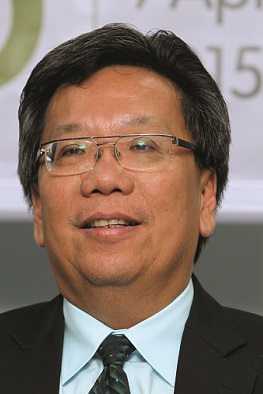 “GBI is confined to green buildings and ownership of green buildings, and MGBC is the mouthpiece that champions sustainability.”
“GBI is confined to green buildings and ownership of green buildings, and MGBC is the mouthpiece that champions sustainability.”
MGBC and GBI share their findings and information on green developments and sustainability with developers and the local authorities.
“The local authorities are the ones that set the policies, so if the policies are done correctly, it is easier downstream. We want to educate developers on the importance of sustainability, not just green buildings.
“At the end of the day, developers will supply if there is demand. So, it is important to educate the homebuyers and office users on sustainability and the need for green developments,” Von explains.
Shifting focus to the masses
For the past few years, much of the focus has been on creating an awareness of the green rating tools.
“It’s time for us to break out and focus more on educating the masses. We will embark on programmes to engage people to talk about sustainability, which I think will be quite well received as people understand that resources are limited,” says Von.
GBI and MGBC are taking the soft approach to educating the public.
“We want people to think about what it means to go green and realise in their own time that this is the way to go. And the truth is, many of the things that you can do are very simple, such as turning off the shower when you shampoo your hair or sorting the waste at home. It’s not something that requires a heavy monetary investment — just a little effort and you will be saving money and doing your part for the environment,” Von stresses.
He says one of the key focuses is educating students because they would then impart their knowledge to their parents and their children in the future.
“We are raising and promoting the issue of sustainability and GBI in colleges and universities, and educating the students on how they can participate. It’s interesting to see that some universities have taken the opportunity to conduct social events with a sustainability theme.”
According to Von, one example is Universiti Malaya (UM), which held a weekend event and invited universities from Indonesia to champion the green cause.
“We were very impressed with what UM did and have mentioned this to other learning institutes. They are considering doing something similar.”
Educating the public is a bigger task, which Von says will require the help of the media. The most basic understanding of sustainability and green is energy saving, he adds.
“Yes, energy saving is key but there are things you can do beyond that — simple things such as waste management and even landscaping. For example, how do you create a small garden that is sustainable?”
Von believes GBI can become an educational tool, and owners of green certified buildings can do their part to educate the masses.
“We are encouraging building owners to have educational display boards inside their buildings. Take the Petronas Twin Towers, which is rated GBI Gold. The management has set up a display board in the main lobby. It is a running showcase of the towers’ green features and readings such as how much water has been used and harvested over the last five days, electricity usage, carbon dioxide levels and so forth,” he says.
Another example is the Tune Hotel at klia2, which has a similar display in its lobby.
“I think a lot of people know of green buildings but they don’t really know what is being measured and the kind of impact they have on the environment and end users. So, this is a great way to educate people,” says Von.
Creating a green interior
While green buildings are important, Von feels that it is equally important for the interior to be green and to have the end users participate in the practices. In line with this, the GBI Interiors Tool was introduced last year.
“The tool measures lighting and water usage, among others — similar to the main tool. However, it also takes into account office planning and green office considerations such as encouraging people to recycle, procure green products and create areas for staff to relax,” says Von.
“Other things are the usage of energy in terms of power loading and how design can help reduce that, and how to use water inside the office. Most people think that water usage inside an office can’t be controlled but it can be done. You need to educate people and hopefully these employees, after seeing the green measures the office has taken, will practise them at home and spread the word.”
So far, four offices have been certified, including Lend Lease Malaysia’s office in Menara Binjai and Penang Green Council’s (PGC) office in Komtar, Penang.
Von says PGC’s office uses a lot of recycled timber, its electrical components are properly tagged so that only the right outlets are switched on, and most of the workstations have low partitions, which helps with the airflow.
“The office has an open plan and it creates a very human environment. There are rooms for breaks and the spaces can be changed.
“Lend Lease’s office has a pantry that doubles as a workplace. The staff can go there to drink their coffee and work at the same time. So, they are not restricted to their workstations. It encourages productivity and connectivity.”
However, much of these will be pointless if the management is not committed and if there are no champions of the cause.
“For green practices to work in an office, the top management needs to be committed and there will only be a trickle-down effect if there are champions within the organisation, especially in a big organisation.
“The champions have to lead by example. Companies can have reviews among a selected group of employees to see how they are doing and what needs to be improved on. We are trying to bring life to an artificial environment by helping the end users understand the practices. And from there, they can bring the practices home with them,” Von concludes.
This story first in appeared in City & Country, the property pullout of The Edge Malaysia weekly, on Nov 2, 2015. Subscribe to The Edge Malaysia here.
TOP PICKS BY EDGEPROP
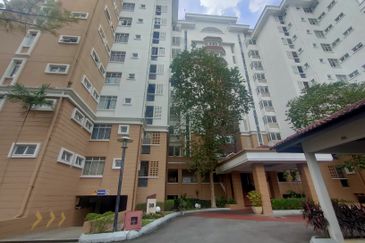
Bungaraya Kondominium, Saujana Subang
Saujana, Selangor
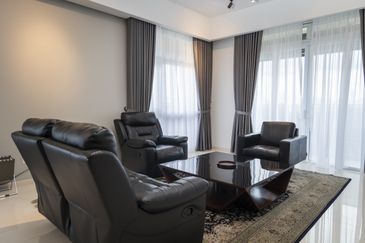
MET 1 Residences @ KL Metropolis
Dutamas, Kuala Lumpur
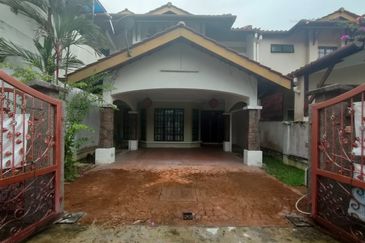
Suadamai, Bandar Tun Hussein Onn
Cheras, Selangor
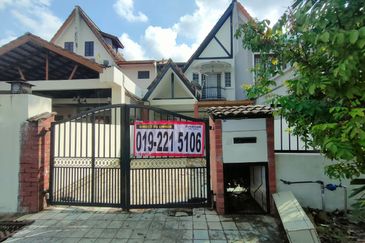
Jalan Setiawangsa
Taman Setiawangsa, Kuala Lumpur
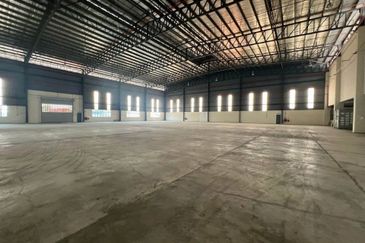
Kawasan Perindustrian Pasir Gudang
Pasir Gudang, Johor


